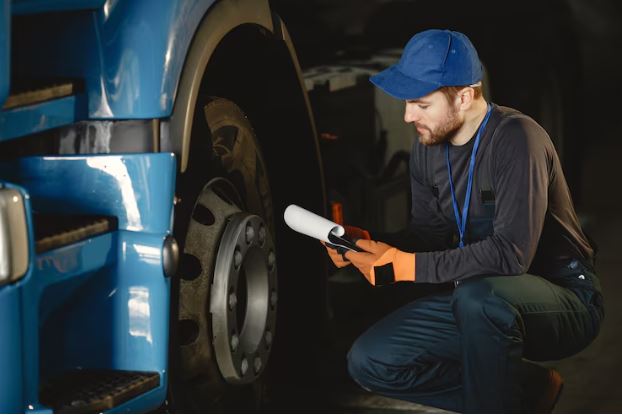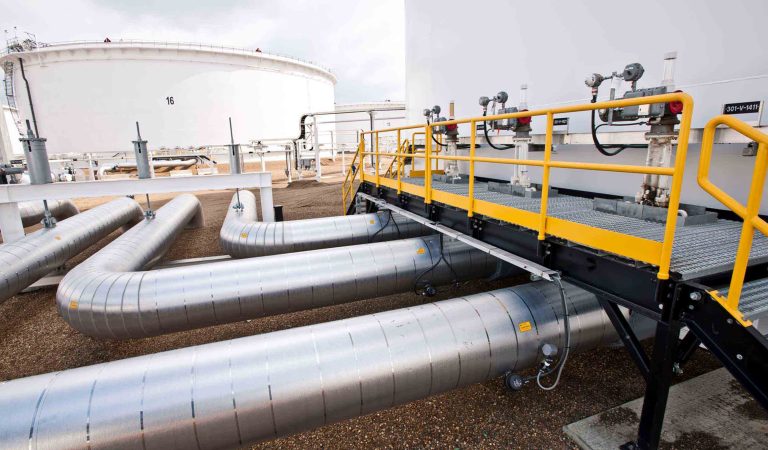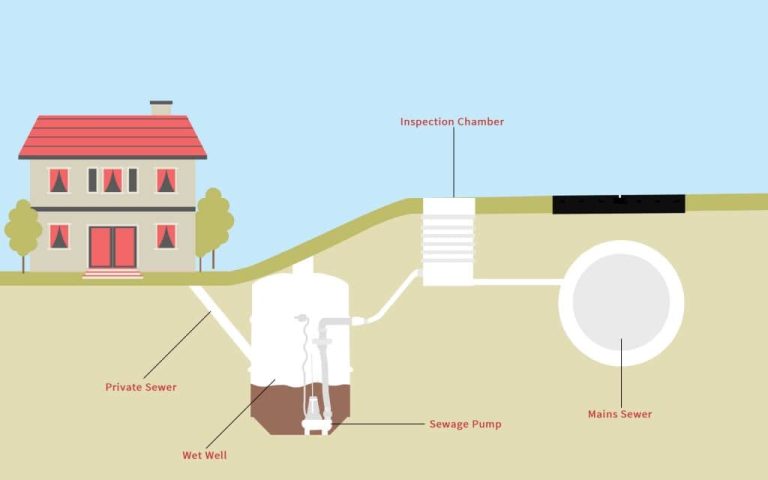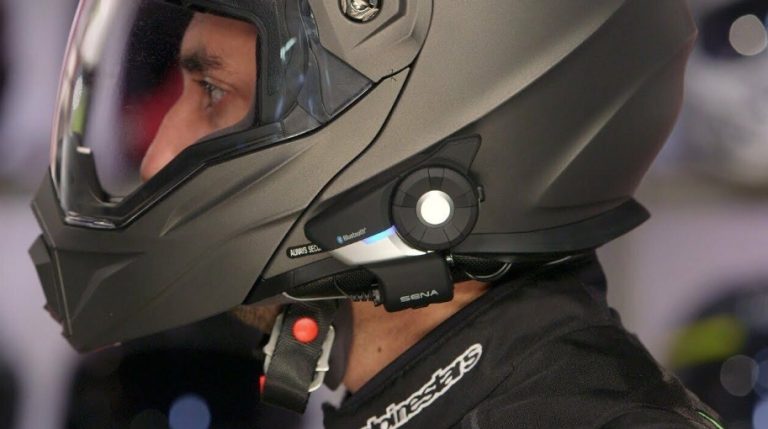What to Check Before Buying a Used Truck: A Comprehensive Inspection Checklist
Purchasing a used truck can be a smart investment when done correctly. However, without a proper inspection, what seems like a good deal can quickly turn into a costly mistake. This article provides a detailed checklist of what to inspect before making your purchase, helping ensure you get a reliable vehicle worth your investment.
Smart Investment Strategy
Buying a used truck involves much more than checking its price tag and external appearance. Every potential purchase must be approached with a critical eye towards its mechanical and operational integrity. The inspection checklist outlined here is designed to guide you through examining crucial aspects of the vehicle, from the engine’s condition and fluid levels to the efficiency of its brakes and electrical systems.
Engaging in a thorough inspection not only helps you understand the truck’s current state but also gives insights into the maintenance it has received over its lifespan. A well-maintained truck is less likely to present surprises down the road, saving you from unexpected repairs and downtime.
By meticulously following this checklist, you position yourself to make an informed decision that balances cost with quality, ensuring that your investment in a used truck pays dividends in reliability and performance. This scrutiny is essential to finding a truck that not only meets your needs but also provides peace of mind in your purchase. For an extensive selection of inspected, high-quality used trucks, visit PetersAutoMall, where reliability meets affordability.
1. Exterior and Body Condition
- Body and Frame: Inspect the truck’s body and frame for any signs of damage or repairs. Look for rust spots, dents, and uneven gaps between panels, as these can indicate past accidents or poor maintenance. Check under the vehicle for signs of rust on the frame, which could compromise the truck’s structural integrity.
- Paint: Examine the paint job closely. Mismatched colors or over-spray on chrome and rubber seals can suggest recent bodywork, which may be covering up serious issues.
- Windows and Windshield: Look for cracks or chips in the glass, as these can worsen over time and lead to costly replacements.
- Tires: Check all tires, including the spare, for tread wear and sidewall damage. Uneven tire wear can be a sign of suspension, alignment problems, or both.
2. Interior and Comfort Features
- Upholstery and Surfaces: Inspect the condition of the seats, dashboard, and other interior surfaces. Excessive wear or tears might be a sign of rough use.
- Odors: Be aware of any strong smells inside the cabin. A musty smell can indicate water leaks or flood damage, while a sweet odor may signal an antifreeze leak.
- Electronics and Controls: Test all electronic components including the dashboard, lights, air conditioning, radio, and power features like windows and locks.
3. Under the Hood
- Engine: Check for any signs of oil leaks or corrosion. Start the engine and listen for any unusual noises like knocks or hissing, which can indicate mechanical problems. Verify the color of the smoke exiting the exhaust; black smoke could suggest burning oil, while blue smoke indicates high oil consumption.
- Fluids: Inspect all fluid levels and conditions. The engine oil should be clean and at the correct level, and the coolant should be free of oil, a possible sign of a head gasket leak.
- Belts and Hoses: Look for cracked, softened, or frayed belts and hoses. These are relatively inexpensive fixes but can lead to bigger problems if not addressed.
- Battery: Check the battery condition and the manufacture date. A battery older than three years may need replacing soon.
4. The Undercarriage
- Suspension and Brakes: Inspect the shocks and struts for leaks and wear. Check the brake pads and discs for thickness and wear. If possible, perform a brake test in a safe environment to ensure they’re responsive and don’t pull to one side.
- Drivetrain: Check the transmission for smooth operation and listen for noises or clunking. Make sure the transmission fluid is clean and not burnt-smelling. Examine the CV joints and boots for cracks or leaks.
5. Road Test
- Engine Performance: During a test drive, pay attention to engine performance. The truck should accelerate smoothly without hesitation or strange noises.
- Steering and Handling: Test the steering for responsiveness and listen for any unusual noises during turns. A well-aligned truck should not pull to one side.
- Transmission: Ensure the transmission shifts smoothly without jerking or slipping. Manual transmissions should shift cleanly, and the clutch should not feel spongy.
- Brakes: Apply the brakes at different speeds to check for any pulling, vibrations, or unusual noises.

6. Service History and Documentation
- Maintenance Records: Review the truck’s service history to confirm regular maintenance was performed. Frequent oil changes and preventive maintenance records are good signs.
- Title and Ownership: Ensure the truck has a clean title and verify there are no existing liens against it. Check the VIN from the truck matches all documentation.
7. Professional Inspection
If you’re not mechanically savvy, consider taking the truck to a qualified mechanic for a pre-purchase inspection. This can reveal hidden problems and give you a detailed report of the truck’s condition.
Certainly! To enhance the comprehensive guide on inspecting a used truck before purchase, here are three additional sections to consider:
8. Checking for Modifications
- Aftermarket Additions: Inspect any aftermarket modifications that have been made to the truck. This includes lifted suspensions, added turbochargers, custom exhaust systems, or enhanced performance parts. While some modifications can increase a truck’s appeal or performance, others might affect its reliability and even void the warranty.
- Quality of Modifications: Evaluate the quality of these modifications. Poorly installed accessories or modifications can lead to mechanical failures or electrical issues. It’s important to ensure that any added features are up to standard and professionally installed.
- Legal Compliance: Verify that all modifications comply with local laws and regulations. Some modifications, such as certain emissions control deletions or extreme lift kits, may not be legal, leading to fines or difficulties in passing vehicle inspections.
9. Safety Features Inspection
- Airbags: Check that the airbags are intact and have not been deployed. Confirm this by looking for warning lights on the dashboard and ensuring that the airbag coverings are undisturbed and properly sealed.
- Safety Belts: Inspect all seat belts for wear and tear. Test them to ensure they click into place securely and retract properly without fraying or damage.
- Electronic Safety Features: If the truck is equipped with electronic safety features such as stability control, anti-lock braking systems (ABS), or backup cameras, test these systems to confirm they are functioning correctly. Faulty safety equipment can be a hazard and expensive to repair.
10. Emission and Inspection Tests
- Emission Compliance: Check the truck’s emission system compliance, especially if you live in a state or area with strict emission standards. Make sure the truck can pass these tests without issues, as failure to comply can prevent registration of the vehicle.
- Recent Inspection Reports: Ask for any recent inspection reports. A recent passing inspection report can indicate that the truck complies with safety and emission standards, providing reassurance about its condition.
- Future Inspection Considerations: Consider potential future challenges with inspections. Be aware of any changes in emission or safety regulations that could affect your ability to use or resell the truck.
Conclusion
In conclusion, purchasing a used truck demands diligent inspection to ensure a sound investment. Thoroughly examine the truck’s body, mechanics, interior, and safety features to avoid common pitfalls. Utilize professional help for a detailed pre-purchase inspection, especially if unfamiliar with automotive details, to uncover potential hidden issues. Ensure to verify all documentation, including service history and title status, to confirm the truck’s legitimacy and past maintenance. By following a comprehensive inspection checklist and seeking expert advice, you can secure a reliable, safe, and cost-effective used truck that will serve your needs well into the future.






